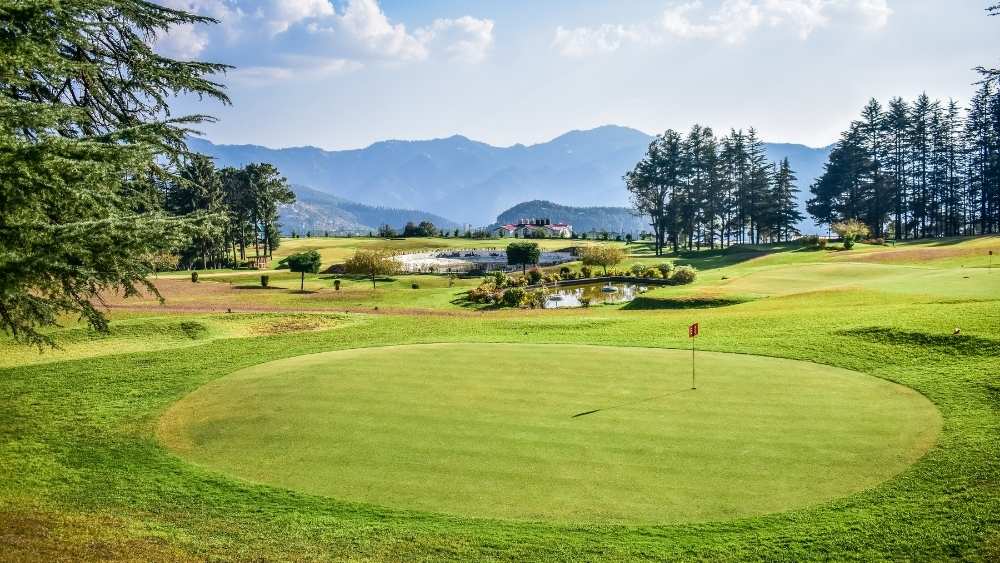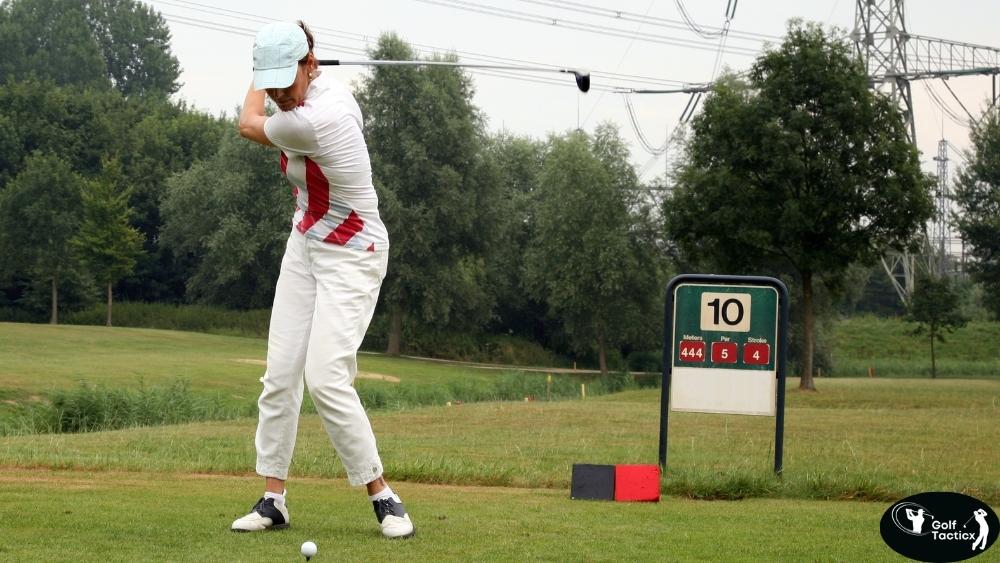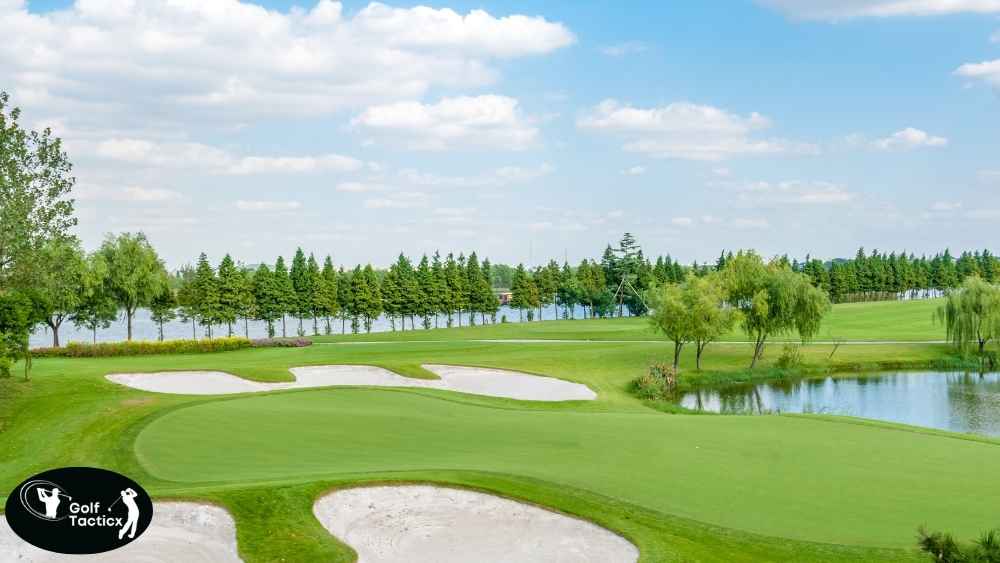In the previous post, we discussed How Do I Adjust My Game for Uphill and Downhill Lies to help improve your stance and shot accuracy on uneven terrain.
Golf is a game that can be played year-round, no matter what the weather is like. However, extreme conditions, whether it’s sweltering heat or freezing cold, can have a significant impact on your game. When you’re playing in harsh conditions, you need to make adjustments to stay comfortable, perform your best, and avoid injury.
In this post, we’re going to dive into the Best Strategies for Playing in Extreme Heat or Cold. By making the right adjustments, you can handle the elements and keep your game strong no matter the weather.
Playing in Extreme Heat: Tips for Staying Cool and Consistent
When the temperature rises, Best Strategies for Playing in Extreme Heat or Cold can feel like your energy and focus are draining away with every step. Heat affects everything, from your concentration to your physical endurance, and can even impact the way your body responds to shots. But don’t worry by using the right strategies, you can stay cool and perform well in the heat.
Hydration: The Key to Staying Cool
In extreme heat, staying hydrated is essential. Golf is a physical game, and when the temperature climbs, your body loses fluids faster, increasing the risk of dehydration.
Start Hydrating Early: Don’t wait until you’re thirsty to drink. Start drinking water before you even leave the house, and keep drinking throughout the round. Aim to drink at least 16-20 ounces of water 1-2 hours before your round starts.
Water and Electrolytes: In addition to water, make sure you’re replenishing your electrolytes, especially on hot days. Consider adding a sports drink that contains electrolytes to keep your body balanced.
Drink Small Sips: Take small sips consistently rather than gulping large amounts of water at once. This helps your body absorb the fluids better.
Clothing and Gear Adjustments
Wearing the right clothes and using the proper gear can make a huge difference in your comfort level.
Light, Breathable Fabrics: Wear clothing made of lightweight, moisture-wicking fabric to keep sweat from sticking to your body. Choose light colors, as they reflect sunlight, helping you stay cool.
Sunscreen: Don’t forget to apply sunscreen before heading out, and bring it with you to reapply throughout the day. Sunburns can sap your energy and distract you from your game.
Sun Protection Gear: Use a wide-brimmed hat or cap and sunglasses to protect your eyes and face from direct sunlight. You can even wear cooling towels around your neck or face to help reduce body heat.
Adjusting Your Swing and Strategy in the Heat
Extreme heat can affect your energy levels and how your body moves, so it’s important to adapt your swing and game strategy.
Focus on Consistency: In the heat, fatigue can creep in quicker, so focus on maintaining a consistent swing rather than trying to hit the ball harder. A smooth, controlled swing will help you conserve energy and stay accurate.
Take Extra Club: Heat can cause the ball to fly further than usual due to the air density, but it can also make it harder to swing with power. To compensate, use a slightly longer club than usual to ensure your shots carry the right distance.
Take Breaks: Don’t be afraid to take short breaks during your round. Rest in the shade for a few minutes between holes to catch your breath and stay energized.
Avoiding Heat Exhaustion
Signs of heat exhaustion include excessive sweating, dizziness, nausea, and fatigue. If you experience any of these symptoms, it’s important to stop playing and rest immediately. Drink water, seek shade, and cool down your body. If symptoms worsen, seek medical attention.
Heat Tips for Golf
- Stay hydrated, drinking water consistently throughout your round.
- Wear light, breathable fabrics, and protect your skin from the sun with sunscreen.
- Use cooling gear like hats, sunglasses, and cooling towels.
- Keep your swing smooth and consistent to conserve energy.
- Take extra club to account for the effects of heat on ball flight.
Playing in Extreme Cold: Tips for Staying Warm and Focused
When the weather gets chilly, playing golf can become a test of your physical endurance and focus. Cold temperatures affect your muscles, flexibility, and energy levels, which can make it harder to perform your best. But with the right preparation, you can stay warm and stay focused on your game.
Layering for Warmth and Flexibility
The key to staying warm in cold weather is layering. By wearing multiple layers, you can trap heat close to your body while still allowing for movement.
Base Layer: Start with a moisture-wicking base layer that will keep sweat away from your skin. Avoid cotton, as it holds moisture and can make you feel colder.
Insulating Layer: Wear an insulating layer, such as a fleece or down jacket, that will keep warmth in while still allowing for movement.
Outer Layer: Add a windproof and waterproof outer layer to protect against the elements. This will keep you dry and shield you from wind, which can make the cold feel even colder.
Thermal Gloves and Hat: Cold hands and a cold head can affect your game. Wear thermal gloves that allow for flexibility in your grip, and keep your head warm with a beanie or a thermal hat.
Stay Loose: Warm Up Properly
Cold weather can make your muscles stiff and less responsive, so warming up properly is more important than ever.
Stretching: Spend extra time warming up with dynamic stretches, especially for your shoulders, hips, and wrists. The more you loosen up before your round, the better you’ll feel during the game.
Practice Swing: Take a few practice swings before hitting the course to get your body moving and to avoid pulling a muscle.
Adjusting Your Game Strategy in the Cold
Cold temperatures can have a significant impact on your game, especially when it comes to ball flight and swing speed. Here’s how to adjust your strategy:
Ball Flight: Cold air is denser than warm air, which means the ball will not fly as far. To compensate, consider using a slightly longer club for each shot.
Swing Speed: Cold weather can make it harder to swing at full speed, so focus on making solid contact rather than trying to hit the ball as hard as possible.
Keep the Grip Firm: When it’s cold, your hands can become stiff, so make sure your grip is firm but not tight. This will help you maintain control of the club without straining your hands.
Mind Over Matter: Staying Mentally Strong in the Cold
The cold can be a mental challenge as much as a physical one. Staying focused and positive is key.
Mental Preparation: Set small, achievable goals for each hole. Focus on one shot at a time, and keep a positive attitude, even if the weather isn’t ideal.
Breathing: When your body feels cold and stiff, it’s easy to get frustrated. Take a few deep breaths between shots to help relax and refocus.
Cold Weather Tips for Golf:
- Layer your clothing for warmth and flexibility.
- Warm up properly with dynamic stretches and practice swings.
- Adjust your club selection and swing speed to accommodate for the cold.
- Stay mentally strong by focusing on one shot at a time.
Common Mistakes to Avoid in Extreme Weather
Whether you’re playing in extreme heat or cold, there are a few common mistakes to avoid that can affect your performance:
| Mistake | How to Avoid It |
| Not Hydrating Enough in Heat | Drink consistently throughout your round, even when you don’t feel thirsty, and supplement with sports drinks for electrolytes. |
| Wearing the Wrong Clothes in Cold | Avoid wearing cotton or bulky clothing that restricts movement. Layer appropriately to stay warm without compromising flexibility. |
| Overexerting in the Heat | Conserve your energy by keeping a steady pace and not rushing between shots. Take breaks when needed. |
| Not Warming Up Enough in Cold | Take extra time to stretch and practice before your round. Don’t jump right into your game without warming up your muscles first. |
Conclusion
Playing golf in extreme heat or cold requires a combination of physical preparation, strategic adjustments, and mental toughness. In both cases, dressing appropriately, staying hydrated, and adjusting your swing are essential to maintaining your performance.
By following these tips, you can stay comfortable and focused, even when the weather challenges you. And remember, every golfer experiences difficult weather conditions, but how you adapt will make the difference between a frustrating round and a successful one.
Next up: In our next post, we’ll explore the how to Increase Swing Speed with Strength Training and how to get the most out of those tricky situations on the course. Stay tuned!
















Leave a Reply